NYC’s Forgotten ‘War on Christmas Trees’
Discover how an obscure holiday crackdown affects festive street vendors today!


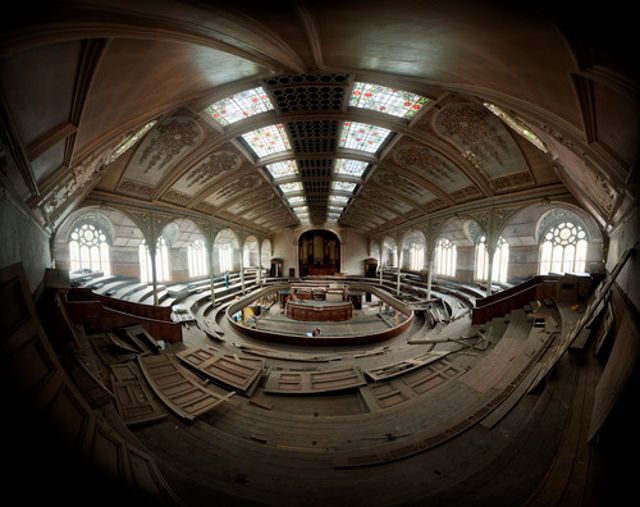 All photos by Andrew Brooks
All photos by Andrew Brooks
On Peter Street in Manchester sits the abandoned Albert Hall and Aston Institute, built in 1910 by W J Morley. Albert Hall was once home to the Manchester and Salford Wesleyan Mission, though today it stands eerily empty awaiting renovation. In more recent times the ground floor had been occupied as Brannigan’s Bar–did the patrons know that just one floor up sits an organ big enough for a dozen people to climb inside?
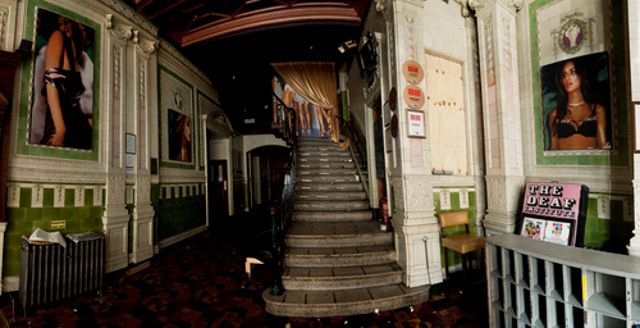
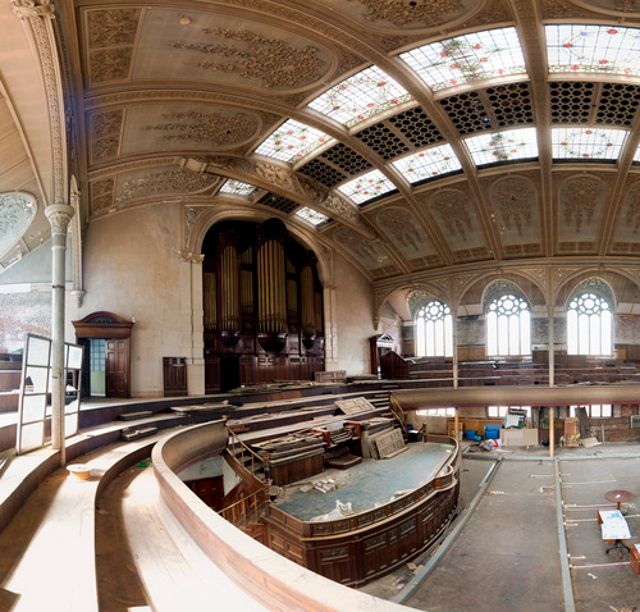
The building is vast, spread over four huge floors with the basement originally set aside for social work (including separate club rooms for girls and boys, a reading room, Sisters’ Office, kitchens and a scullery). The Ground Floor was the Lecture Hall with adjoining library and classrooms but today it is the now empty Brannigan’s lounge occupies this floor.
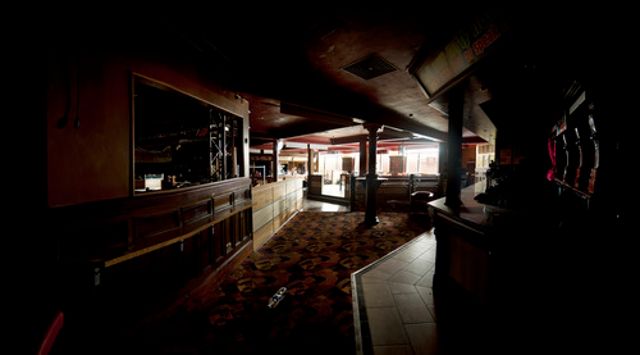
Above, on the first floor is the where the real grandeur can be found. The main hall, with a capacity of 2,000, is lined with wooden seating in a horseshoe shape. With an epic vault, stained glass windows and ornate ceiling, it is nothing short of grand.
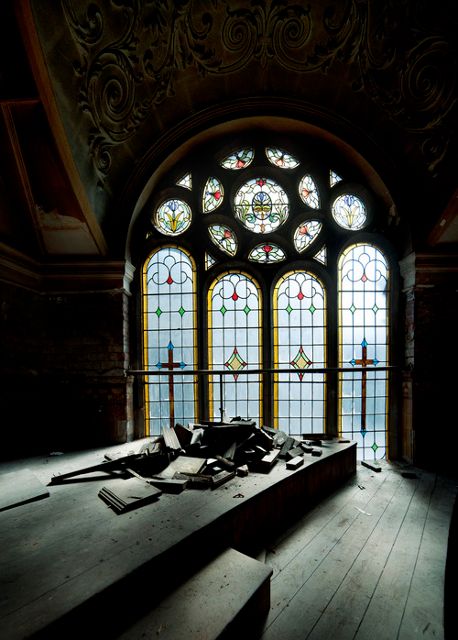
Rooms to the rear of the hall include a few office spaces and one tiny area – a tucked away space that was possibly a projection room, lined with heavy metal panels which slide to reveal letter-box sized peep holes. It’s quite sinister back there, with the intention of the holes not really clear–none are seemingly large enough for a projection. A pitch black room adjoins it in which there are a dozen chairs arranged in a circle facing inwards like a séance.
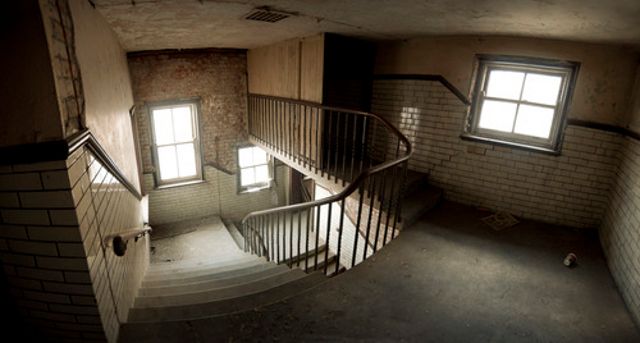 All photos by Andrew Brooks
All photos by Andrew Brooks
Still, that’s probably not as dramatic as it sounds given that the venue has been used as a filming location for shows like Most Haunted; the scribbled childlike crucifix left on a pad of paper resting on a chair isn’t as foreboding once you imagine it was at the hands of TV crew.
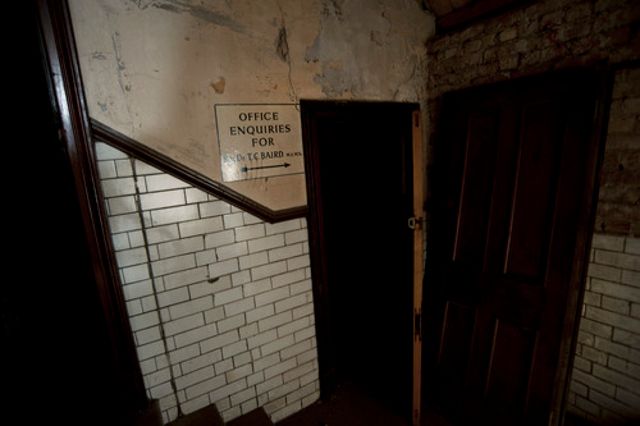
The century old organ in the hall was maintained (and possibly built) by Rushworth & Dreaper. To give you a sense of the immense scale of the organ, a door below the pipes leads to a ladder upwards and during our visit, three of us scaled the organ together . There was room for more of us as we balanced ourselves inside the mechanics and peeked out into the main hall that’s been out of use for 60 years.
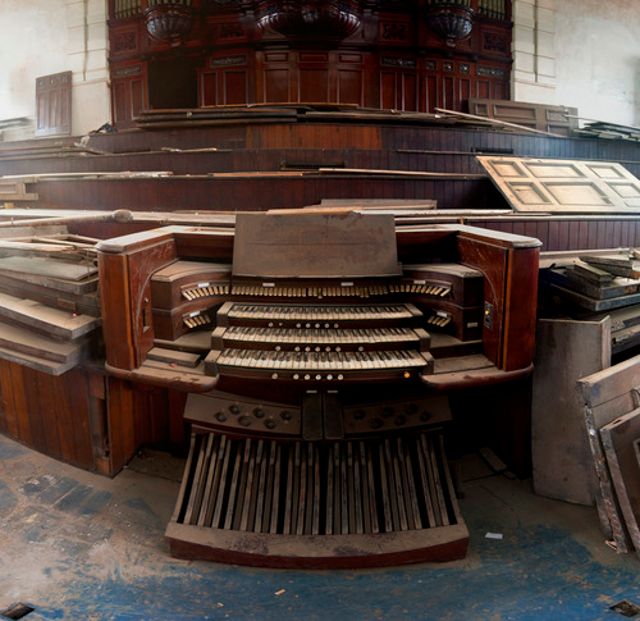
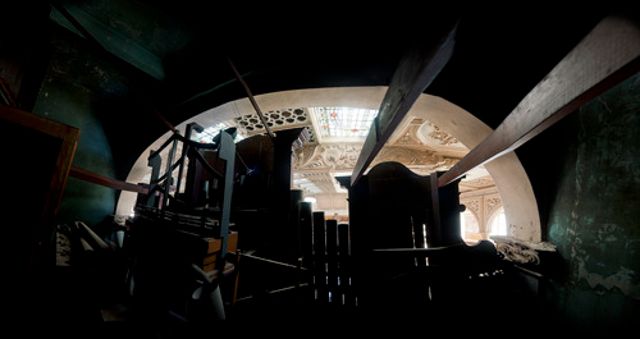
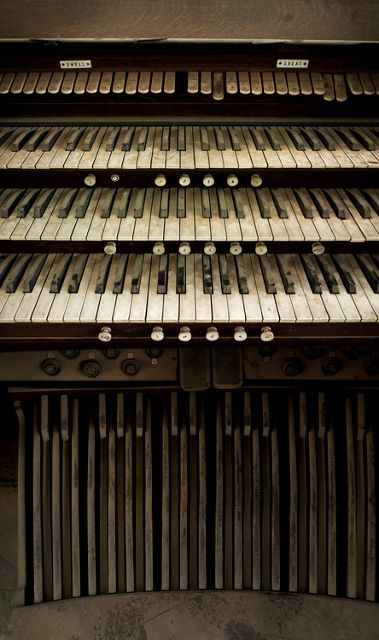
There’s evidence of the former residents everywhere throughout the building. A dusty wig for instance, is less haunting when you realize that it’s the legacy of a dress competition rather than a century-old personal item of the Reverend Collier.
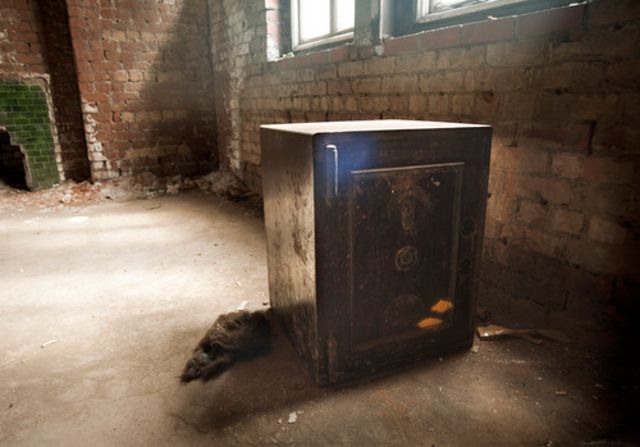
All photos by Andrew Brooks
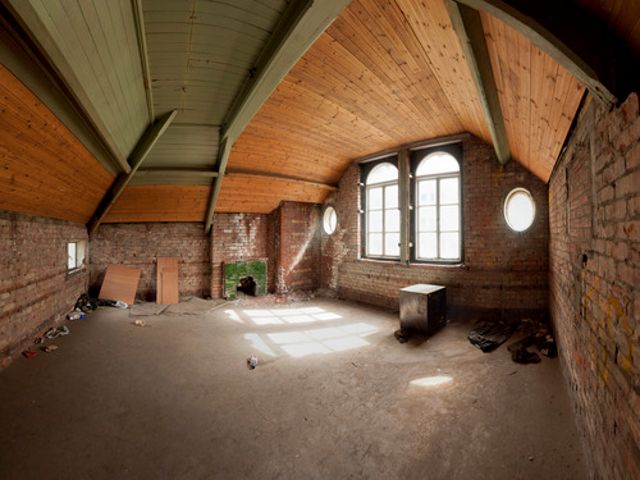
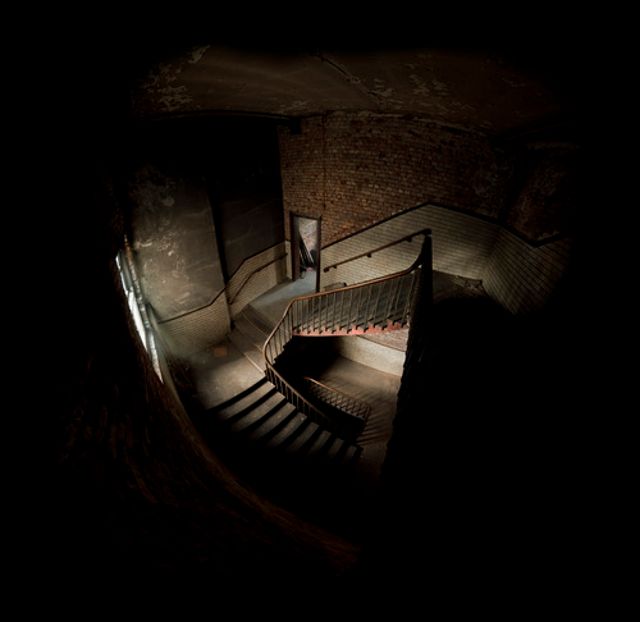
There’s another floor to explore above the hall, and many of the rooms along the way are stuffed with Christmas decorations, bunny ears, and promotional posters for beer and football screenings. As you ascend the staircase to the top of the building there’s an old coat sign still etched on to crumbling paintwork.
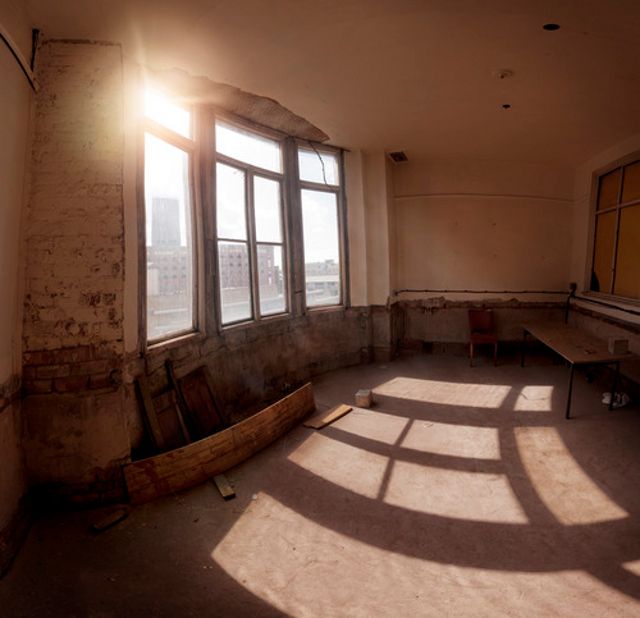
Once you climb the ladder you emerge in a loft space, right behind the stained glass Albert Hall sign in the corner tower that’s visible from Deansgate and Peter Street.
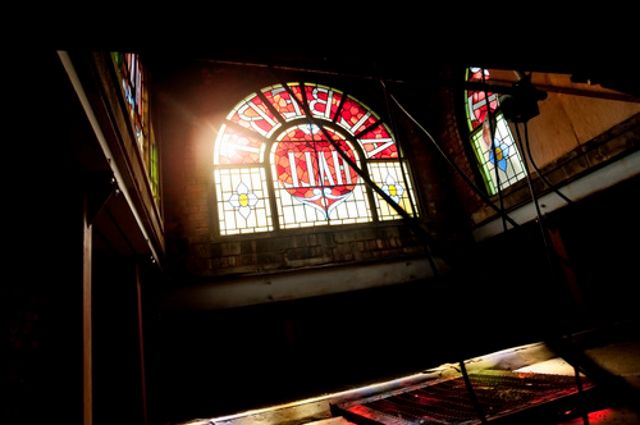 All photos by Andrew Brooks
All photos by Andrew Brooks
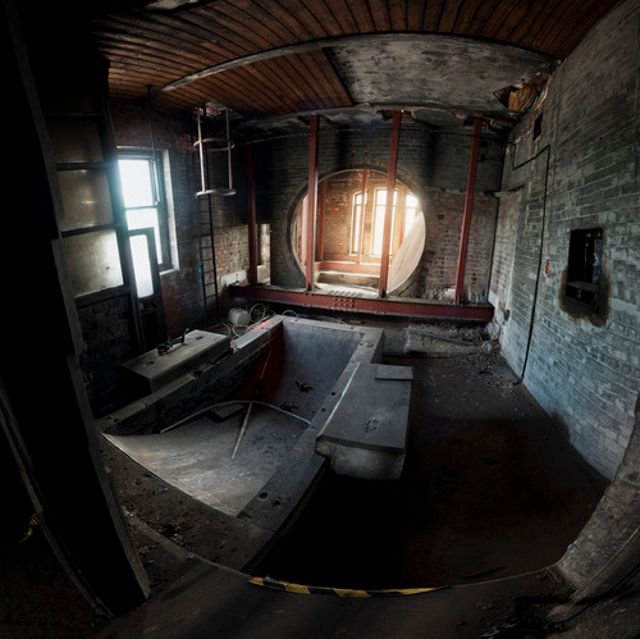
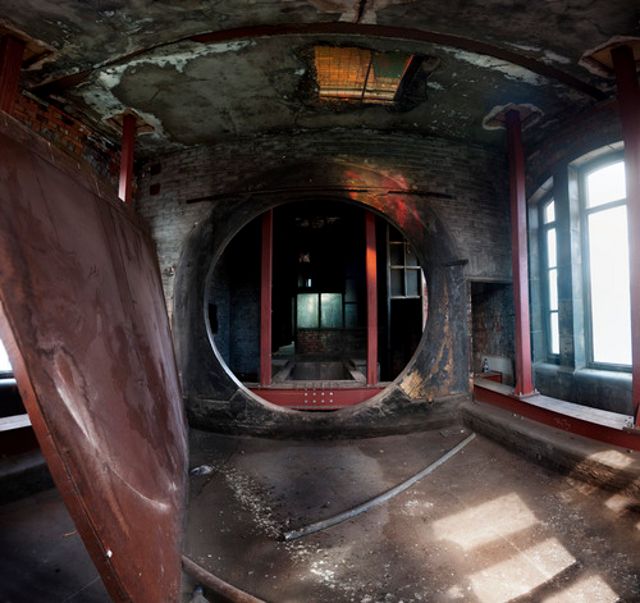
At the rear of the tower is a long, dark gallery, like an underground tunnel and another bolted ladder leads further upwards to a white panel about the size of a manhole cover that screams to be pushed at – a few shoves later and you’re on the roof, and what a view”¦
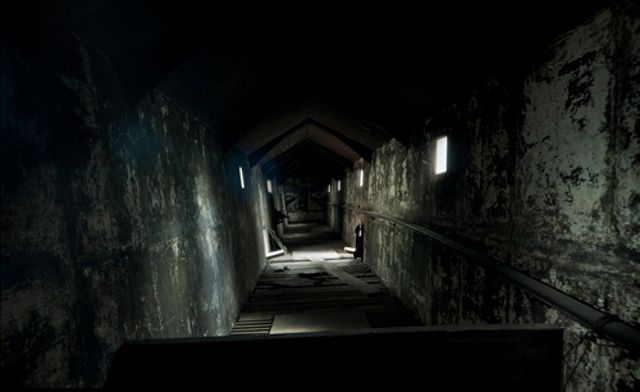
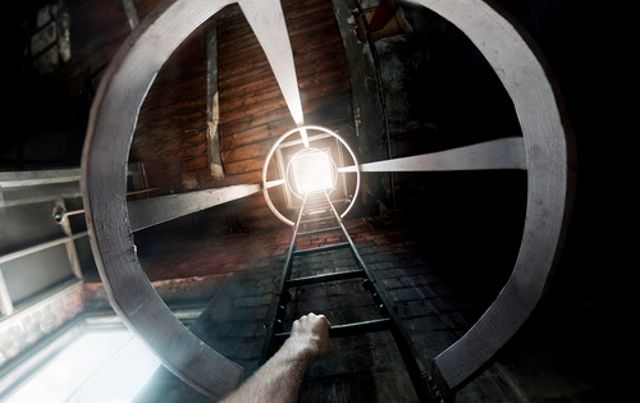
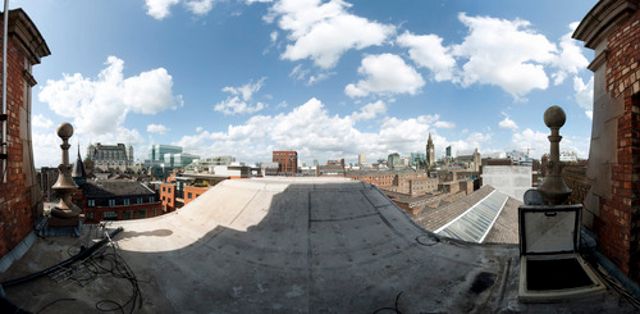
The building was inspired by Santa Maria della Spina in Pisa, Italy, though it’s by no means evident on the face of things. The exterior is of polished granite and brown Bermantofts terracotta tiles, similar to that on the facade of London Road Fire Station. There seem to be six main staircases in all, all grand and vast in size. Still, the building, in the decay and dim light is maze-like.
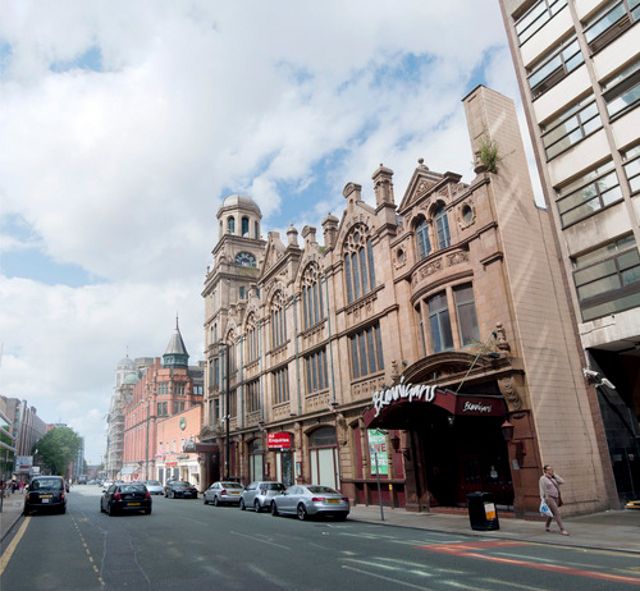
Around the time of the Hall was constructed, there were up to 100 Methodist halls across the United Kingdom. Today just 16 remain in use. The location in Manchester was chosen during a time of encouraged temperance, something the Methodist church supported, strategically placed in the part of town most in need of “saving.” In one article Reverend Collier stated:
There are ten places of amusement, nine of which are theatres and music-halls, seating nearly 25,000 people, and bringing great crowds – perhaps the largest in the city.
There are 22 licensed places in the immediate vicinity.
In no crowd in Manchester is there to be found more men, women and young people to whom an appeal ought to be made in the name of Christ.
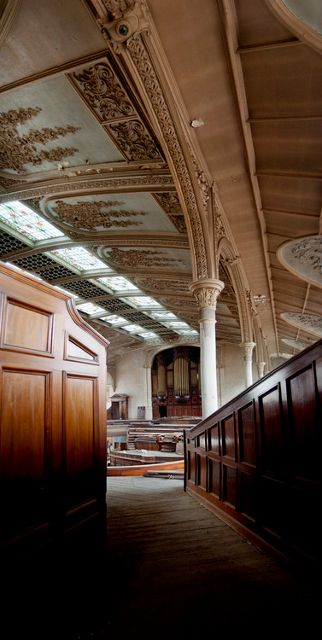
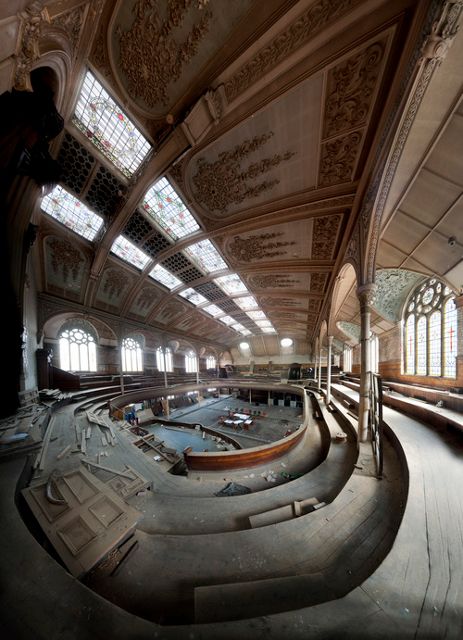
Twenty-five years later the hall was going strong and the number of licensed premises had dropped, the church was confident that this trend would continue, with no inkling that in fact it would do quite the opposite. The temperance centres and even the hall itself would become nightclubs and bars.
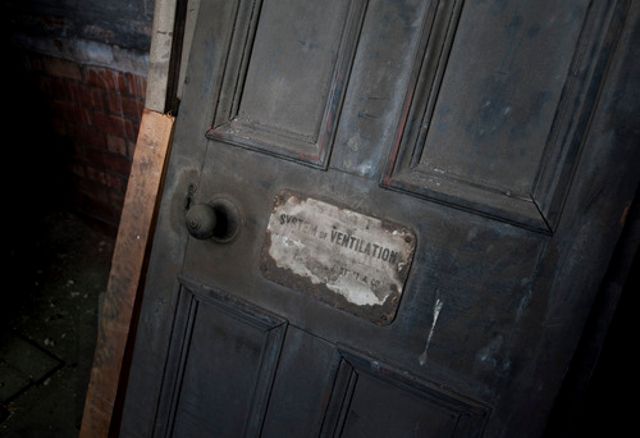
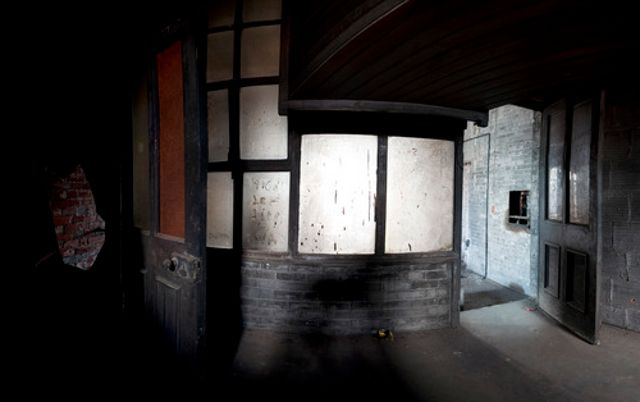
The building managed to survive the Blitz unscathed and services were continued in war time. As a church member recalled, “At times we could hear the roar of guns and the thud of bombs from the nightmare world above, but we sang on until we were too tired to produce another note.”
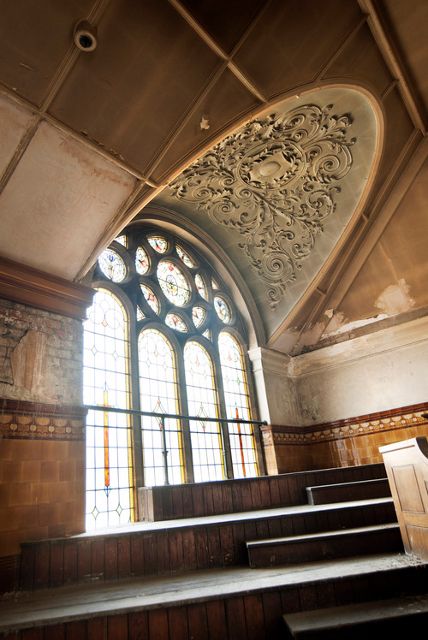
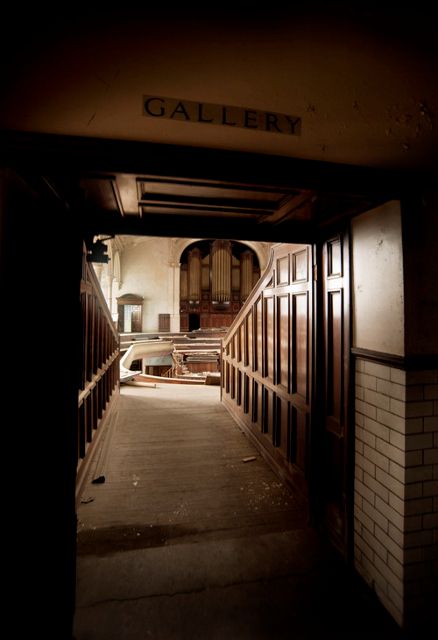
Interestingly, the church adapted the architecture of the halls to attract attendees. Knowing that their entertainment facilities would be key to their success, the missions made sure their premises didn’t resemble churches, but instead mirrored their competitors in design.
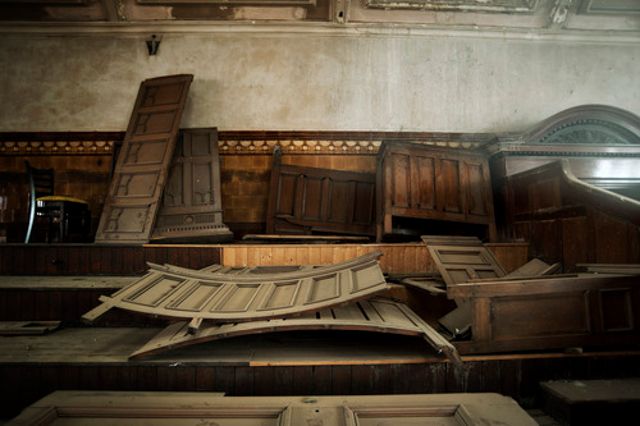
The hall was closed in July 1969, 9 years after the sudden death of Reverend Collier. Albert Hall on Peter Street is due to reopen in 2013, as a restaurant and bar, as part of the ever growing Trof empire.
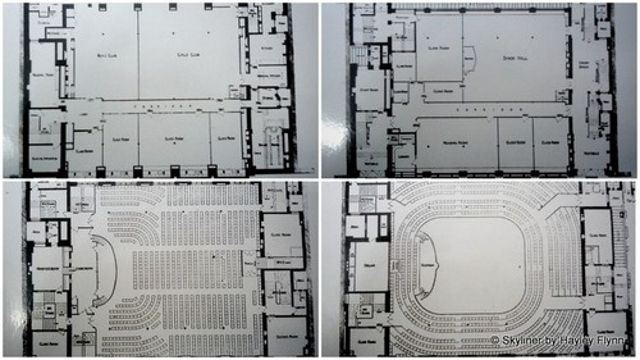
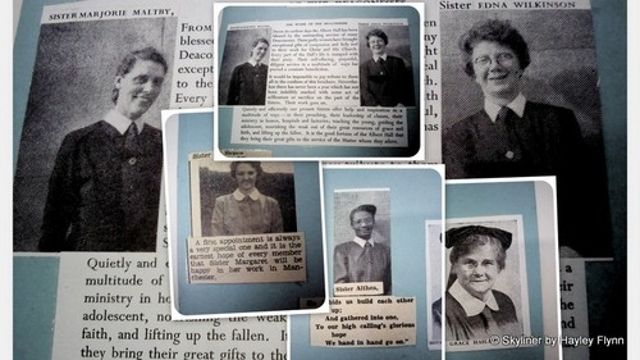
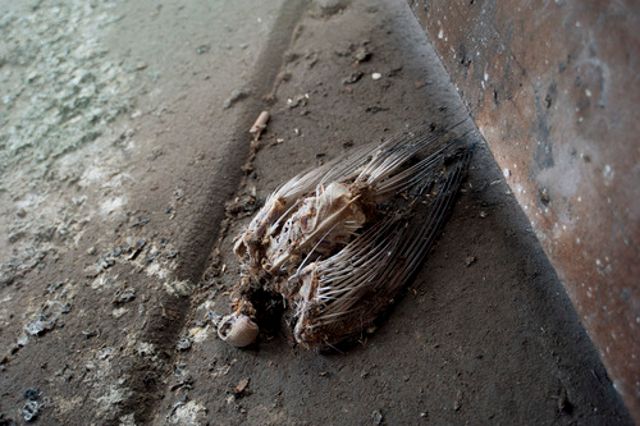
Andrew Brooks is a photographer, a digital artist and a film maker living in Manchester; his previous works include the Secret Cities exhibitions with Curated Place. Please visit his site to see these images and more in high resolution and in all their glory – exactly as they should be viewed.
Thanks to Trof and Manchester Wire for facilitating this visit. The lovely people at Curated Place also joined us and you can see some behind the scenes images on their site.
This article originally appeared on The Skyliner. Get in touch with the author @skylinermcr. Photos by Andrew Brooks.
Subscribe to our newsletter